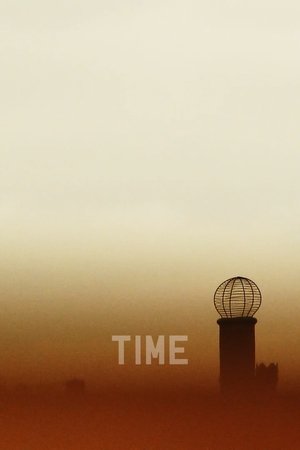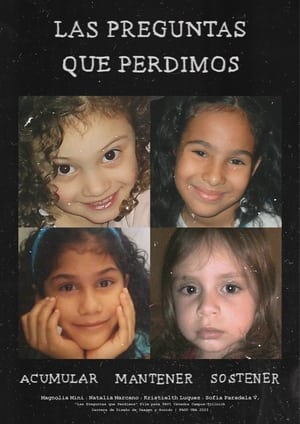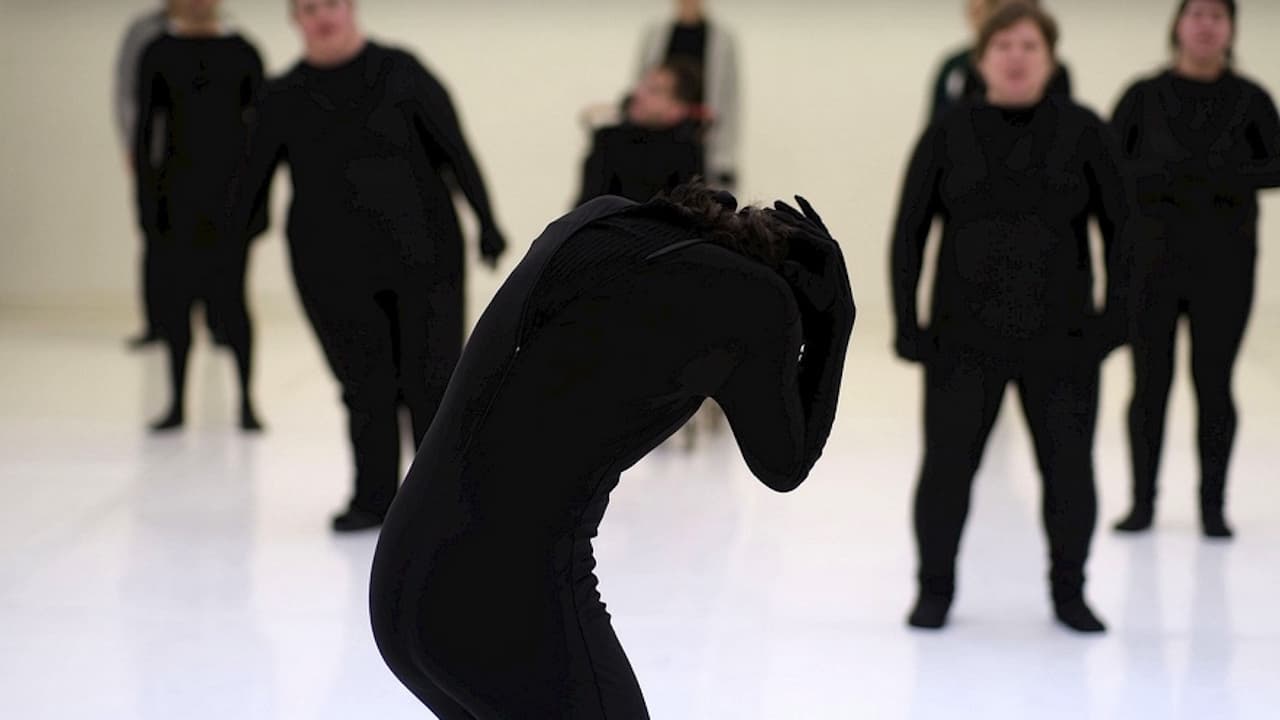

Halali und Halleluja(2024)
Movie: Halali und Halleluja

Halali und Halleluja
HomePage
Overview
Release Date
2024-09-14
Average
0
Rating:
0.0 startsTagline
Genres
Languages:
DeutschKeywords
Similar Movies
 7.3
7.3The Golden Girls: Their Greatest Moments(en)
A 90-minute special reuniting the main cast of the American sitcom, "The Golden Girls", where they share their favorite moments from the show, behind-the-scenes footage, and plenty of laughs
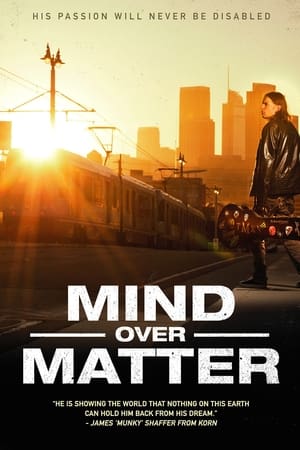 0.0
0.0Mind Over Matter(en)
A young man born with Cerebral Palsy battles a paralyzed left hand, bullies and stereotypes about the disabled to defy the odds and make it as a rock and roll guitarist. Ultimately, sharing the stage with the very band that inspired him to start (or to achieve the impossible).
Do You Dream in Color?(en)
Do You Dream in Color? in this documentary follows four courageous blind high school students. This coming-of-age story see's the students as they strive to prove that their disability will not hold them back from achieving their dreams.
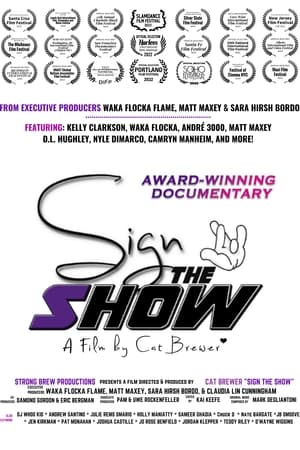 0.0
0.0Sign the Show(en)
Sign The Show: Deaf Culture, Access and Entertainment is a feature-length documentary providing insight into Deaf culture and the quest for access to entertainment. It brings together entertainers, the Deaf and Hard of Hearing (HOH) community, and American Sign Language interpreters to discuss accessibility at live performances in a humorous, heartfelt, and insightful way.
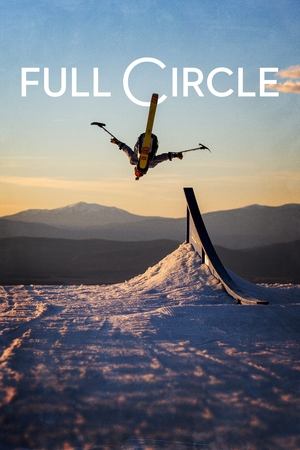 6.4
6.4Full Circle(en)
Faced with a traumatic injury that renders you permanently disabled; how would you reinvent yourself? Full Circle tells the story of Trevor Kennison and Barry Corbet’s shared resiliency and refusal to let their passion for life be limited by Spinal Cord Injury. It is an unblinking examination of the challenges of Spinal Cord Injury, and a celebration of the growth that such tragedy can catalyze.
 6.6
6.6Straight to VHS(es)
Act of Violence Upon a Young Journalist is a film shot in 1988 and released on VHS in 1989; a mysterious cult work of Uruguayan cinema surrounded by strange theories about Manuel Lamas, its unknown creator. Until now.
 7.8
7.8Des Amandiers aux Amandiers(fr)
A free and intimate portrait behind the scenes of Valeria Bruni Tedeschi's creation. In front of the camera, she transmits to today’s young actors the memory of the 1980s.
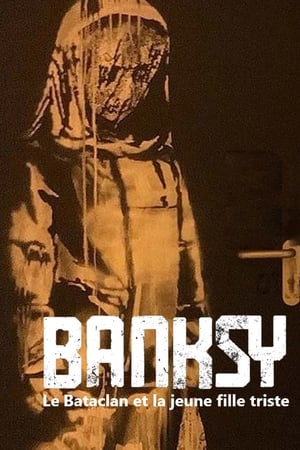 8.0
8.0Banksy and the Stolen Girl(it)
The exit door of the Bataclan theatre, the site of Bansky's mural, The Sad Girl, is stolen mysteriously. After it abruptly appears on of a hillside cottage in Abruzzo, French and Italian investigators unite to get to the bottom of the theft.
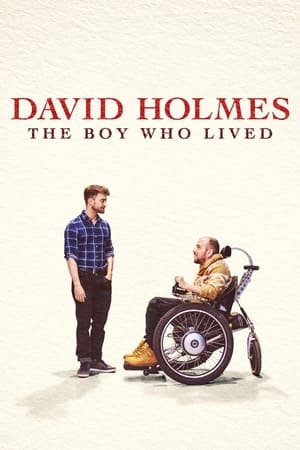 7.0
7.0David Holmes: The Boy Who Lived(en)
As Daniel Radcliffe's stunt double in the Harry Potter films, David Holmes' work has been seen worldwide by millions of people. Tragically an on-set accident ended what David calls "the best job in the world," leaving him paralyzed. Like the on-screen character he helped bring to life, David is determined to continue seeking adventure and living life to the fullest despite mounting obstacles.
 7.2
7.2This Is It(en)
A compilation of interviews, rehearsals and backstage footage of Michael Jackson as he prepared for his series of sold-out shows in London.
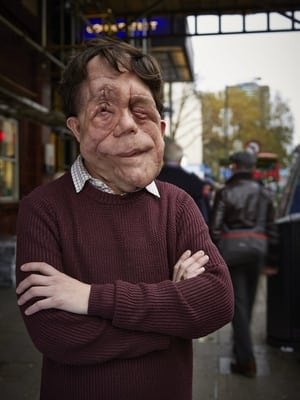 0.0
0.0The Ugly Face of Disability Hate Crime(en)
Adam Pearson - who has neurofibromatosis type 1 - is on a mission to explore disability hate crime: to find out why it goes under-reported, under-recorded and under people's radar.
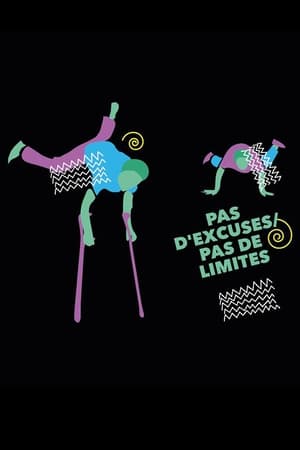 0.0
0.0Pas d'excuses, pas de limites(fr)
Luca Patuelli is an internationally renown Bboy dancer known as LazyLegz. He born with Arthrogryposis, a disorder that makes the use of his legs almost impossible. For the past few years, he has been the head of a Hip Hop dance program: Projet RAD, an urban dance program in which he gives people with disabilities a chance to follow inclusive classes in a safe environment adapted to their needs.
 7.0
7.0One of Them Is Named Brett(en)
A look into the life of Brett, a boy born without arms due to thalidomide exposure.
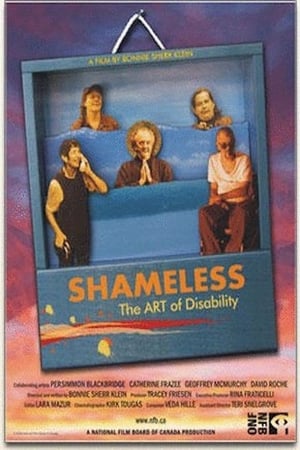 3.0
3.0Shameless: The Art of Disability(en)
Art, activism and disability are the starting point for what unfolds as a funny and intimate portrait of five surprising individuals. Director Bonnie Sherr Klein (Not a Love Story, and Speaking Our Peace) has been a pioneer of women's cinema and an inspiration to a generation of filmmakers around the world. SHAMELESS: the ART of Disability marks Klein's return to a career interrupted by a catastrophic stroke in 1987. Always the activist, she now turns the lens on the world of disability culture, and ultimately, the transformative power of art.
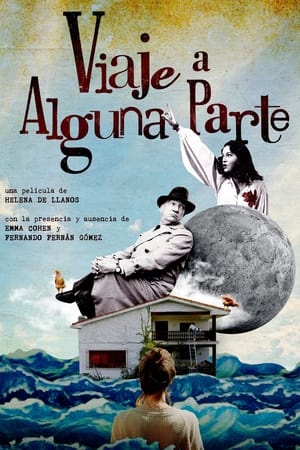 6.5
6.5Journey to Somewhere(es)
A young woman, who has inherited her grandparents' huge house, a fascinating place full of amazing objects, feels overwhelmed by the weight of memories and her new responsibilities. Fortunately, the former inhabitants of the house soon come to her aid. (An account of the life and work of Fernando Fernán Gómez [1921-2007] and his wife Emma Cohen [1946-2016], two singular artists and fundamental figures of contemporary Spanish culture.)
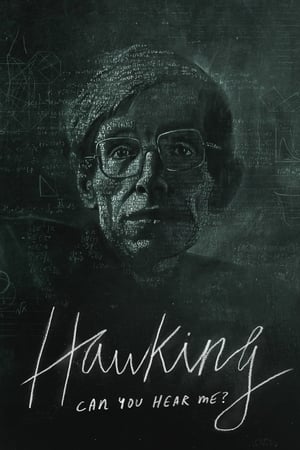 7.0
7.0Hawking: Can You Hear Me?(en)
A documentary telling the remarkable human story of Stephen Hawking. For the first time, the personal archives and the testimonies of his closest family reveal both the scale of Hawking's triumphs and the real cost of his disability and success.
 0.0
0.0Nina is an Athlete(he)
On the cusp of turning 40, wheelchair badminton champion Nina Gorodetsky, has her first and maybe last, chance to participate in the Paralympics. However, she is negotiating a ticking biological clock both as a mother and as an athlete. What would she be willing to sacrifice to realize her Olympic dream?
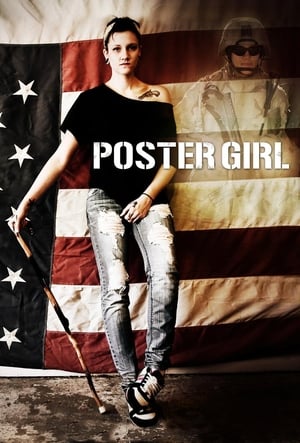 7.8
7.8Poster Girl(en)
POSTER GIRL is the story of Robynn Murray, an all-American Apple pie high-school cheerleader turned tough-as-nails machine gunner in the Iraq War and a “poster girl” for women in combat, distinguished by Army Magazine’s cover shot. Now Sgt. Robynn Murray comes home from Iraq, to face a new kind of battle she never anticipated. Her tough-as-nails exterior begins to crack, leaving Robynn struggling with the debilitating effects of post-traumatic stress disorder (PTSD). Shot and directed by first-time filmmaker Sara Nesson, POSTER GIRL is an emotionally raw documentary that follows Robynn over the course of two years as she embarks on a journey of self-discovery and redemption, using art and poetry to redefine her life.
